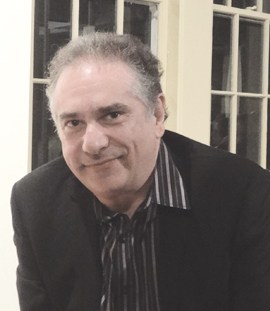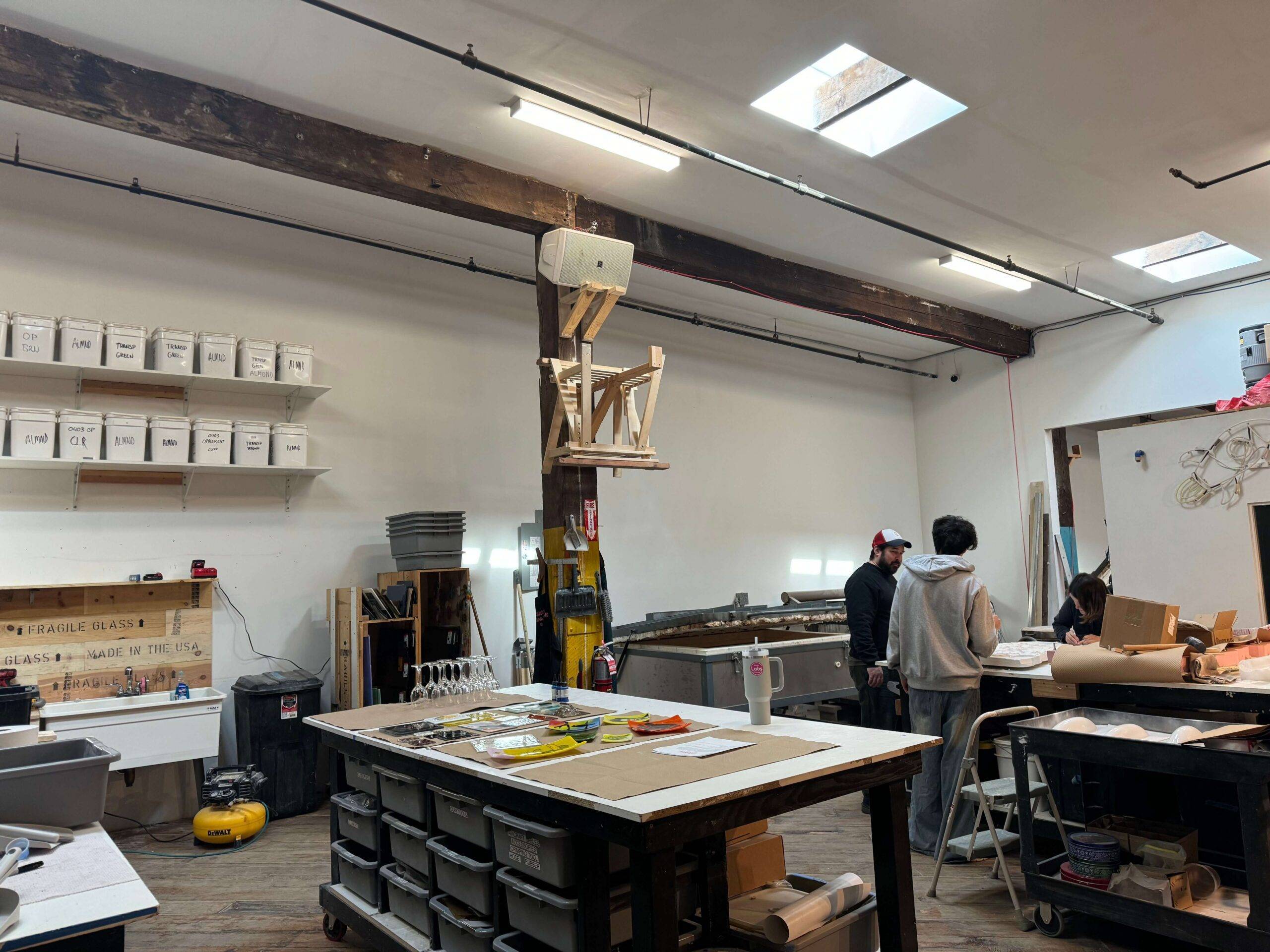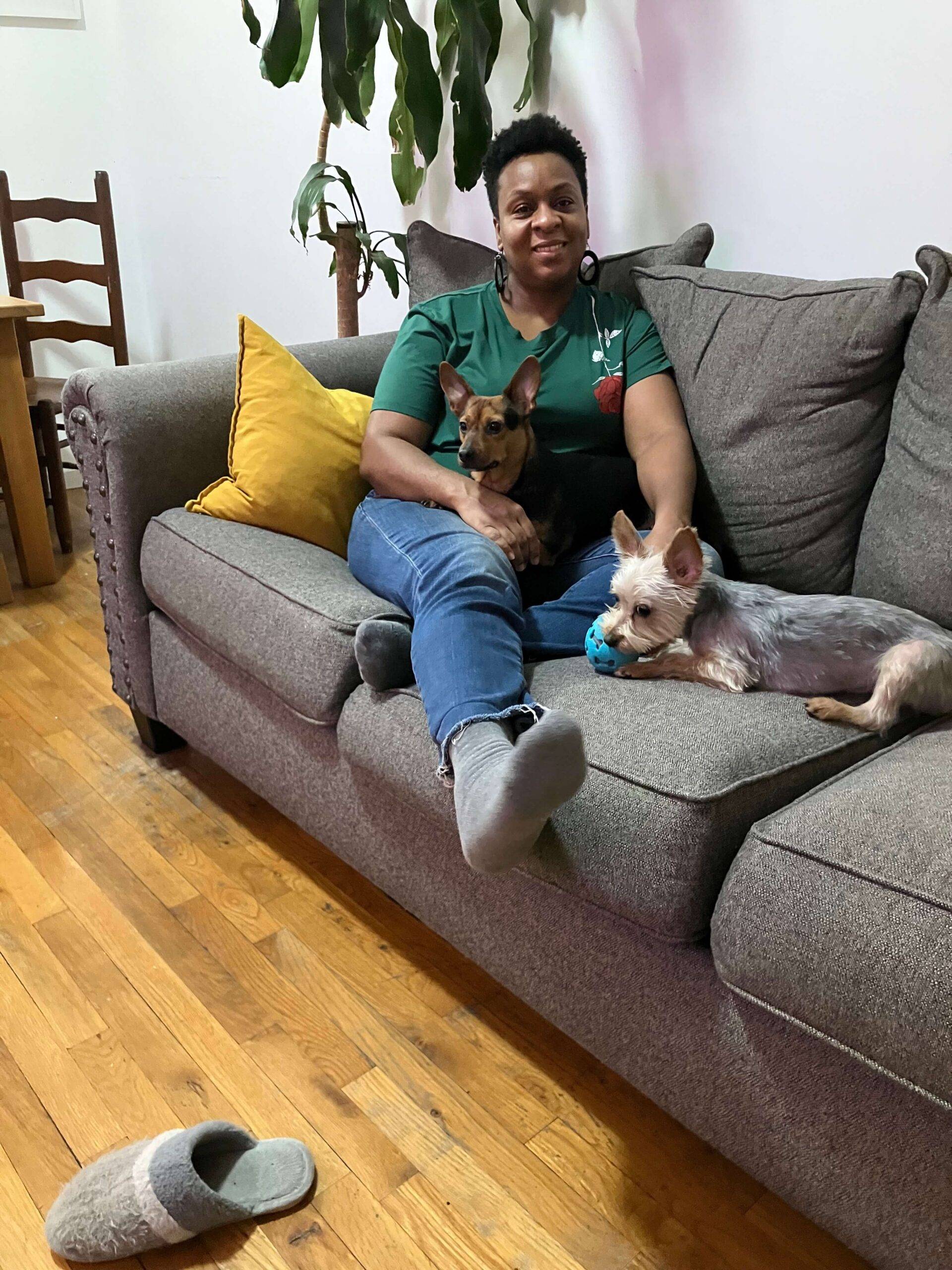The 200-foot-long Doyers Street in New York City’s Chinatown was infamously known as the “Bloody Angle,” due to the street’s natural sharp bend and the criminal activity and bloodshed that took place between warring gangs in the early 1900s and late 1980s. More recently it’s been recognized in singer Justin Timberlake’s 2013 “Take Back the Night” music video, with Timberlake singing and dancing in front of and inside various establishments on Doyers Street.
But along one of the alleyway’s curves is Manhattan’s oldest dim sum restaurant, Nom Wah Tea Parlor. Unbeknownst to many, 11-13 Doyers Street is not its original address – nor did Nom Wah always sell dim sum. Opened in 1920 by Ed and May Choy, Nom Wah was located at 13-15 Doyers Street as a tea parlor and bakery, most famously known for selling mooncakes that were huge favorites during the Mid-Autumn Festival. Nom Wah lost its lease for the bakery portion in 1968, forcing the family to move into the available space next door, which incidentally had a brand new kitchen.
While it remained a bakery throughout the second half of the 20th century, Nom Wah also added dim sum to the menu.
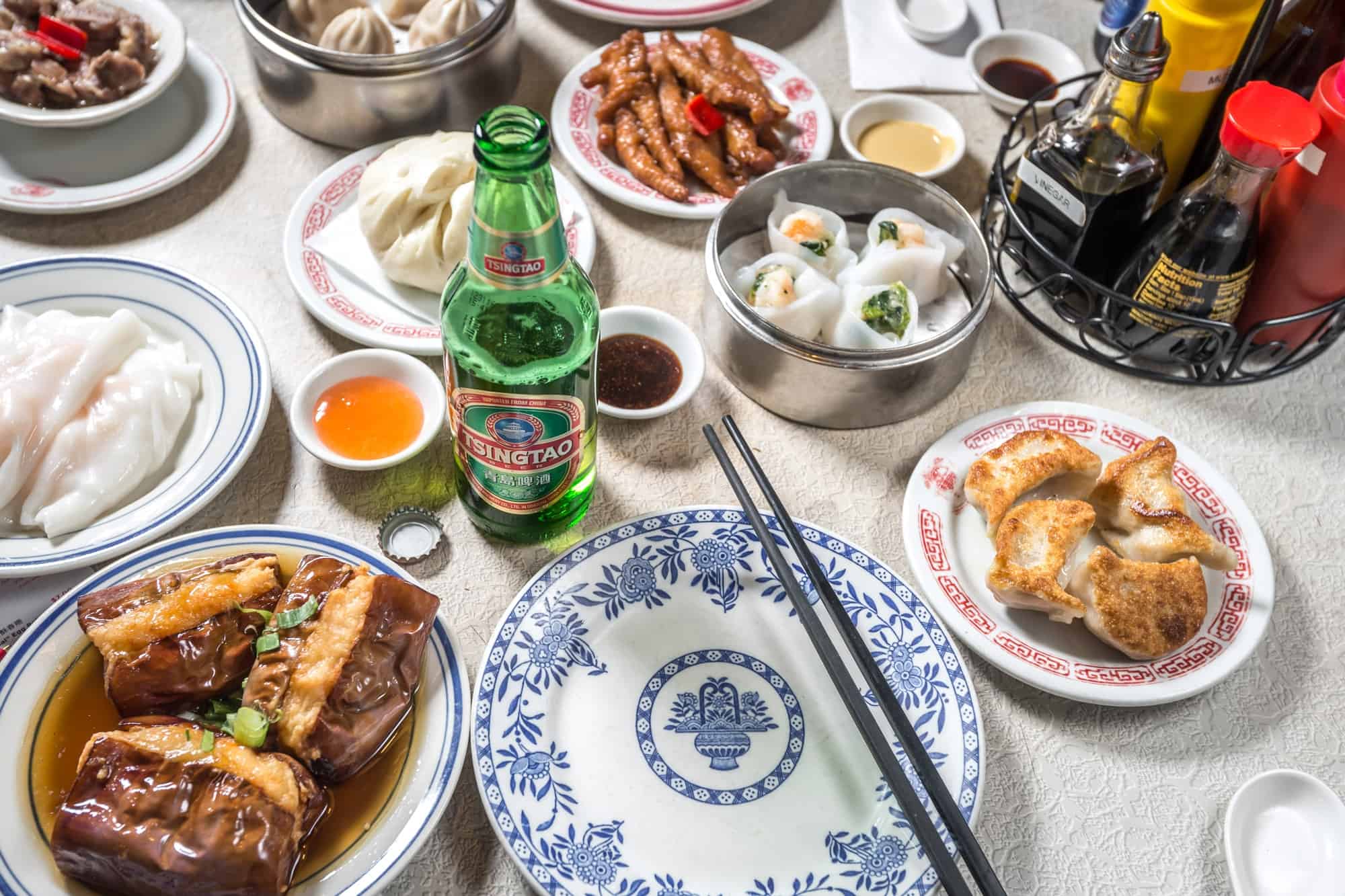
“When enough people are asking for specific things, you find a way to make it happen for your customers. Otherwise, someone else will,” said Wilson Tang, the current owner and operator of Nom Wah.
Wilson’s uncle Wally, an immigrant from China, began working at the restaurant as a dishwasher in 1950 when he was 16 and became its manager by the time he turned 20. He then had the opportunity to buy the building and the business from the Choys in 1974 – the same year Wilson’s parents immigrated to the U.S. It evolved, not just staying as a restaurant but also becoming a place for locals and loyal customers to hang out and play card games.
Wilson didn’t actually spend much time at Nom Wah growing up. He said he has fond memories of when his family would drive into Chinatown on the weekends for grocery shopping in the ’80s, and that he would visit Uncle Wally and spin on the bar stools.
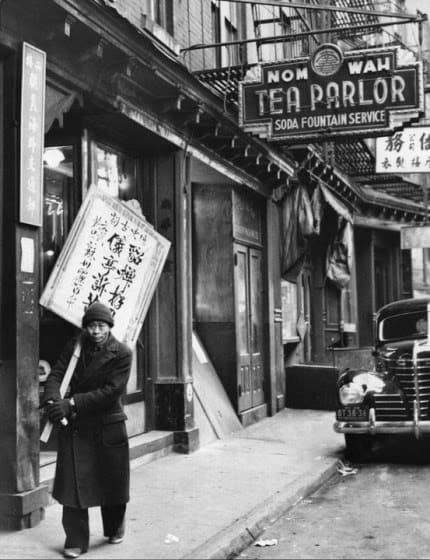
Wilson, who has a bachelor’s in finance, worked in a financial firm in the World Trade Center on September 11, 2001, and managed to escape, as he detailed in Hormel Foods’ Our Food Journey podcast last year. The tragedy led him to reevaluate what he wanted to do in life, including his career. He wanted to be in the hospitality field and took over the family business from Uncle Wally in 2010, despite a previous failed attempt at opening his own bakery. Wilson expanded the Nom Wah brand, opening another establishment in Philadelphia (on the outskirts of the city’s Chinatown) in March 2015, plus a fast-casual dining spot a year-and-a-half later in Manhattan’s Nolita. The Nolita location features self-service ordering systems, traditional steamed dumplings and dishes that blend classic Chinese flavors with American ideas.
Wilson spared some time to discuss how the restaurant recognizes and embraces the past and present as it prepares to celebrate its centennial anniversary.
RHSR: Tell me about the importance of having and cultivating ties to not just your customers, but to the local community as well.
WT: I’ve often said that I feel like I have my feet in two worlds – part of me is ingrained in Chinatown and the other part of me experiences life as a second-generation Chinese American in the 21st century. The local community is incredibly important to me, as it is where so much has happened for the Chinese in America, particularly in New York. From a business perspective, our vendors are from the immediate area. When we talk about the cultural ties from a personal point of view, it ranges from me running the NYC Marathon to supporting the Museum of Chinese in America to greeting familiar faces when walking down the street [and] taking my kids to Chinese school.
RHSR: How do you keep the balance between old and new, tradition and modern day, when running the restaurant?
WT: When my Uncle Wally was trying to pitch me taking over this restaurant, he showed me the dining room and said that we could modernize it. I told him that I liked the way it currently looked with the mismatched tiles and swiveling bar stools. Apart from installing new equipment in the kitchen, the restaurant looks the same as it did many years ago.
As for the new, there’s the fact that we have a big digital presence, which also gets at your question of where we attribute success. But even with digital, we are careful to pay attention and give credit to the neighborhood and everyone who has carried this restaurant through an entire century.
RHSR: What are the most popular items among customers? Any personal favorite item(s)?

WT: I think the most popular items among the customers are pan-fried noodles, pork buns and soup dumplings. But for me, I personally love all our rice rolls – nothing more satisfying than slurping them up!
Since it’s the 150th anniversary of the completion of America’s First Transcontinental Railroad, Tang is currently fundraising for the Museum of Chinese in America. To learn more about it, visit mocaspike150.org/moca-spike-150/. Tang’s donation page can be found here.
Top photo of Wilson and Wally by An Rong Xu. Photo from Nom Wah’s website.
Author
-
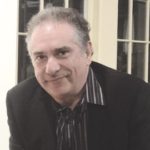
George Fiala has worked in radio, newspapers and direct marketing his whole life, except for when he was a vendor at Shea Stadium, pizza and cheesesteak maker in Lancaster, PA, and an occasional comic book dealer. He studied English and drinking in college, international relations at the New School, and in his spare time plays drums and fixes pinball machines.
View all posts
George Fiala has worked in radio, newspapers and direct marketing his whole life, except for when he was a vendor at Shea Stadium, pizza and cheesesteak maker in Lancaster, PA, and an occasional comic book dealer. He studied English and drinking in college, international relations at the New School, and in his spare time plays drums and fixes pinball machines.


